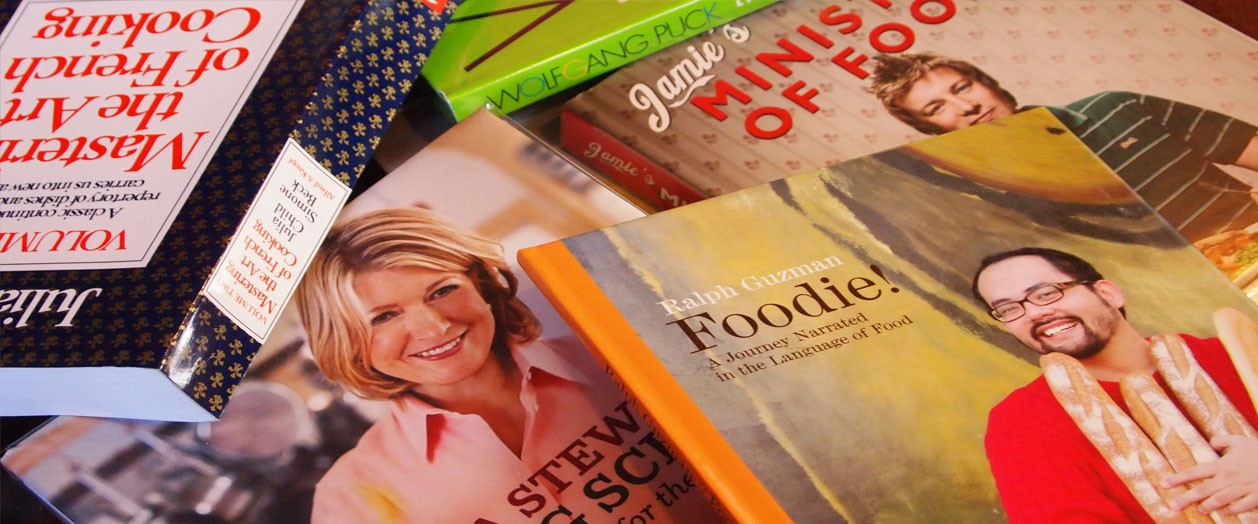The brouhaha over contaminated milk is the type of story that ratings-hungry news producers (like some people I know) would be welcoming with open arms.
Certainly, we have seen how the issue over spoiled milk has grabbed more attention than the economic fears in the US, which is said to have the potential of being the worst eceonomic crisis since World War II.
All things considered, one realizes how serious and how important the issue of contaminated milk is, especially for a country like the Philippines. In all fairness, the media is doing its job and not just creating hype and entertaining sensationalism. And yes, we might just need to press the panic button, if things get out of hand.
Over the past few days, we have seen just a few Chinese milk brands in trouble. But now, the Bureau of Food and Drugs has ordered more than 50 milk products from China to be tested for Melamine. The list reveals even some famous brands — names that have established credibility for a long period of time already.
Aside from the possible health risks, we pay attention too possibe ripple effect of the crisis to different industries.
While the government has already responded properly (although belatedly, as usual) by ordering the halt of imports, we are all too aware that many of these products are already IN the Philippines. Just go to Divisoria.
Aside from the BFAD, the Customs Department will need to walk the talk and stop the smuggling of milk products. We hope that we are not shooting for the moon here. We all know that Customs has not been so successful in preventing the entry of Louis Vuitton knock offs and pirated DVD’s. What makes milk less easy to smuggle?
Contaminated products may already be in the hands of many retailers and distributors who can repackage the milk products with different labels and even fake BFAD registration numbers.
They may already be in the hands of commercial end users already — restaurants, fast food establishments, bakeries, and producers of other products that require milk. Are we safe when we eat bread? Are we safe when we eat halu-halo or leche flan? How about ice cream? How about our coffee creamer?
Establishments using milk will need to assure their clients that they are not using milk from China.
Does the use of melamine-contaminated milk remove harmful side effects? We’ll need to ask experts on this. I have yet to see a credible study or even an article on the Internet on this matter.
Very important as well: are our hospitals and health centers ready to respond if, God forbid, people get sick?
All eyes are now on the BFAD. It will need to act fast to identify which brands pass the health standards. And for the BFAD to act fast, it will need more support from the government, in order for it to get the needed resources to perform tests.
The BFAD needs more teeth. It does not have enough police powers to go after those who fall below standards.
There is a pending bill in Congress to strengthen the BFAD. Should this be passed? These measures need to be scrutinized very carefully. There are serious suspicions of ulterior motives from some of the bill’s supporters.
***
Here is a list of products for product testing.

Pingback: “Crying Over Spilled Milk” on TV5 | RatedRalph.com